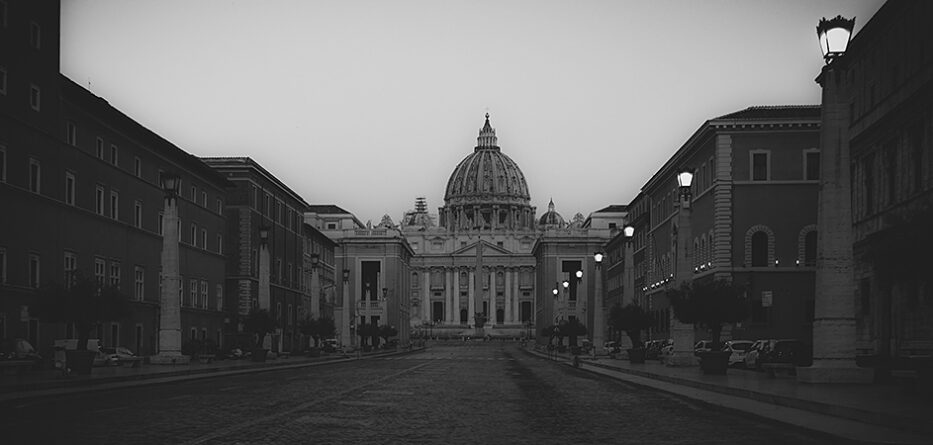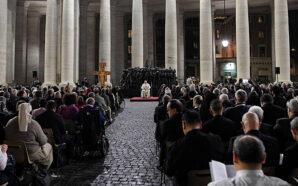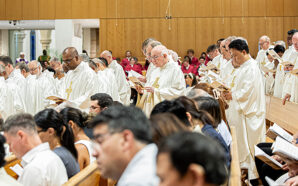I was sick the last time I was in Rome. It was October 2019, and I was in the city for the canonization of the 19th-century English theologian and convert to Catholicism, Cardinal John Henry Newman. In addition to attending the Mass at which he was to be canonized, I had hoped to explore the city. Unfortunately, I developed a fever soon after the Mass and spent most of the following week in bed at the apartment I rented, recovering from whatever virus I had contracted.
Four years later I was in Rome and was once again sick. This time, though, I’m not suffering from a virus but from cancer. Four months ago, I learned that I have cholangiocarcinoma, a rare form of cancer of the bile ducts. As I write this, although I remain hopeful, my prognosis is unknown and I’m confronting my mortality more directly than ever before. This is one of the reasons I’m in Rome. Shortly after my diagnosis, I told my wife Kim that something within me yearned to get to Rome one more time. The yearning was visceral, so much so that I had difficulty expressing to myself and to others what it was specifically I needed from the city.
Over the week I spent in the Eternal City, something close to comprehension emerged. Rome is filled with churches, and these churches are filled with relics—bones or other body parts of saints. Sometimes the relics are small, little more than a sliver of bone in a tiny reliquary. Sometimes the relics are contained in tombs beneath altars. And sometimes entire bodies of saints are on display in glass caskets. Relics are everywhere in Rome, and as I wandered in and out of churches, I realized that I had needed to travel to Rome in no small part because of these relics.
When I entered St. Peter’s Basilica for the first time during this visit, I didn’t stop at Michelangelo’s “Pieta,” however beautiful it is, nor did I take even a moment to soak in the grandiosity of the place. I made a beeline to the altar of St. Jerome, in which the mortal remains of Pope St. John XXIII are kept. Pope John XXIII inaugurated the Second Vatican Council, which began in 1962. Pope John didn’t live to see the end of the council, dying of cancer in 1963. He was known as the Good Pope and had a reputation for sanctity. In preparation for his beatification in 2001, church officials exhumed his body and discovered that his face and much of his body were remarkably well preserved. His entire body is now on display in a glass container under the altar.
Although I have a deep respect and love for the Good Pope, especially given my love for the profound theology and ecclesiology contained in the documents of the Second Vatican Council, I’ve not had a particular devotion to Pope John—until now. This was a man with whom I have very little in common. I’m not Italian, I’m not a priest. But like the Good Pope, I have cancer, and I wanted to spend time with him.
To continue reading this article, click here.
Gregory Hillis is executive director of the Aquinas Center of Theology at Emory University in Atlanta, Georgia. He is the author of ‘Man of Dialogue: Thomas Merton’s Catholic Vision,’ published by Liturgical Press.
With thanks to America and Gregory Hillis, where this article originally appeared.








